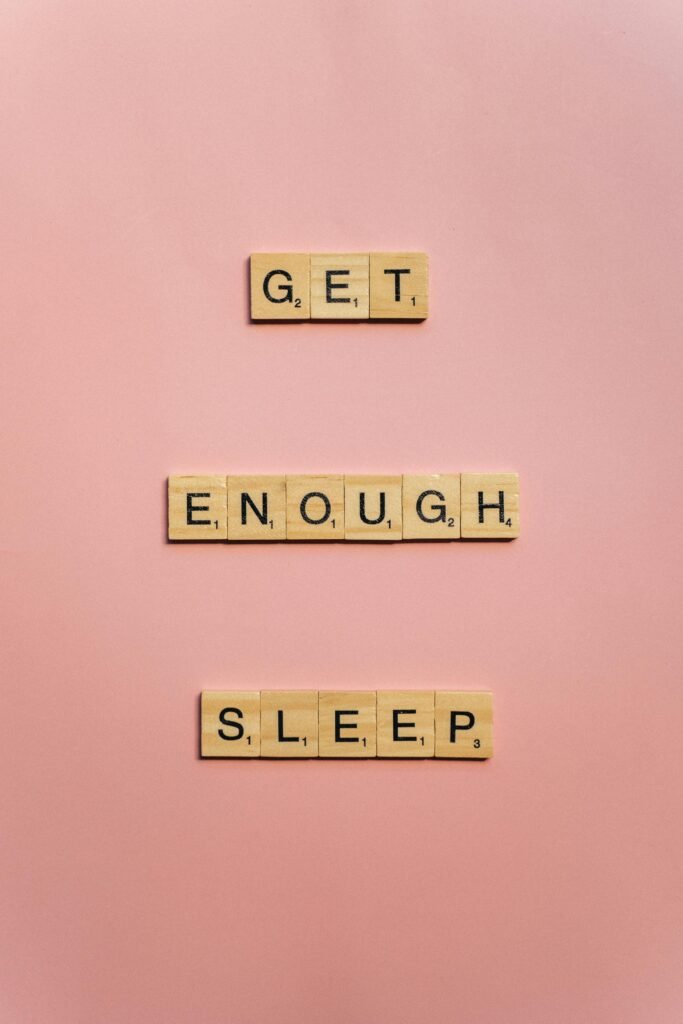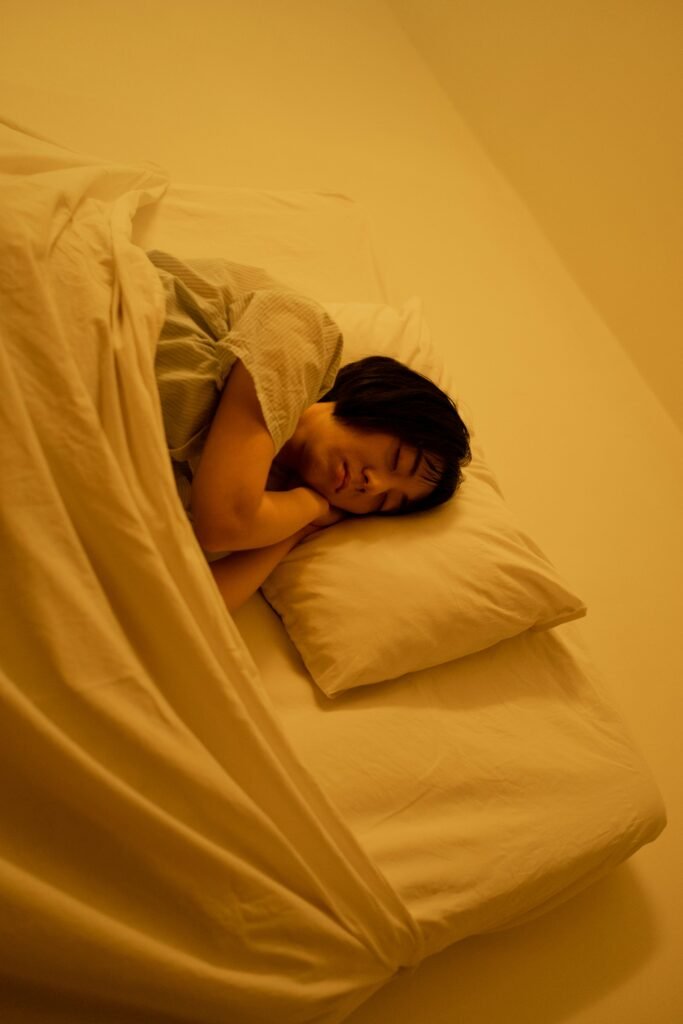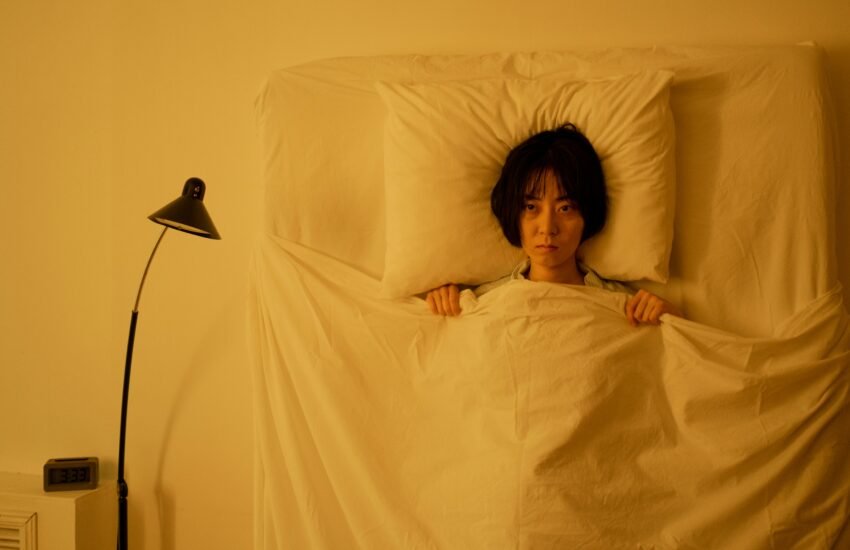How to Optimize Your Sleep Cycles for Better Health and Performance
Getting quality sleep isn’t just about hitting the sack for eight hours—it’s about understanding your sleep cycles and how each stage impacts your body and brain. Whether you’re an online entrepreneur hustling late hours, a florist starting early, or a small business owner juggling multiple hats, optimizing your sleep can significantly enhance your energy, focus, and well-being.
In this guide, we’ll dive deep into REM sleep, deep sleep, light sleeps, and everything in between—including how much you really need, how to get more of it, and how innovative tools like Eight Sleep can transform your nightly rest.
Understanding the 4 Stages of Sleeps
Before diving into specifics, let’s break down the sleep cycle:
- N1 (Light Sleep) – This is the transition from wakefulness to sleep. Your body slows down, but you can be easily awakened.
- N2 (Light Sleeps Stage or N2 Sleep Stage) – You spend about 50% of your night here. Heart rate drops and body temperature decreases.
- N3 (Deep Sleeps) – Also called slow-wave sleeps, this is the most restorative stage.
- REM Sleeps (Rapid Eye Movement) – This is when most dreaming occurs. Brain activity spikes, supporting memory and learning.
Each cycle lasts about 90 minutes and repeats 4–6 times per night.
What Is REM Sleep and Why Does It Matter?
REM sleep, or Rapid Eye Movement sleeps, is a critical part of your sleeps cycle. During this stage:
- Your brain is highly active.
- Vivid dreaming occurs.
- Memory consolidation and emotional regulation are strengthened.
How Much REM Sleeps Do You Need?
Experts suggest 20–25% of your sleeps should be REM. That’s about 90–120 minutes per night if you sleeps 7–9 hours.
Average REM Sleep Per Night
The average REM sleeps per night for a healthy adult is around 1.5 to 2 hours. However, lifestyle, age, and stress levels can influence this.
How to Get More REM Sleep

Want more dream time? Here’s how:
- Stick to a schedule – Your body loves rhythm.
- Limit alcohol – It suppresses REM sleeps.
- Avoid late-night screens – Blue light messes with melatonin.
- Try a sleeps tech solution like Eight Sleep, which personalizes your temperature for optimal cycles.
What Is Deep Sleeps and Why Is It Crucial?
Deep sleep (also called N3 sleeps) is when your body repairs itself. During this phase:
- Growth hormone is released.
- Muscles and tissues rebuild.
- The immune system is strengthened.
How Much Deep Sleeps Do You Need?
Adults should aim for 13–23% of their sleeps to be deep sleep. That’s around 60–110 minutes per night.
Average Deep Sleeps Per Night
Most adults average 60–90 minutes of deep sleeps nightly, but it declines with age.
How Much Deep Sleeps Do You Need by Age?
- Teens: 1.5–2 hours
- Adults (20–50): 1–1.5 hours
- Seniors (60+): 45–60 minutes
How Many Hours of Deep Sleeps and REM Sleep Do You Need?
Let’s break it down:
| Age Group | Deep Sleeps | REM Sleep |
|---|---|---|
| Teens | 90–120 min | 100–120 min |
| Adults | 70–100 min | 90–120 min |
| Seniors | 45–60 min | 80–100 min |
Getting the right hours of deep sleeps and hours of REM sleep’s more important than sleeping longer. Quality > Quantity.
How to Get More Deep Sleeps
Boost your deep sleep with these habits:
- Exercise regularly – But not too close to bedtime.
- Create a dark, cool environment – Devices like Eight Sleep regulate bed temperature.
- Avoid caffeine after 2 PM
- Meditate before bed – Calms the mind.
What Percentage of Sleeps Should Be Deep?
Roughly 13–23% of your total sleeps should be deep. If you’re sleeping 8 hours, that’s around 1–1.5 hours.
Core Sleep vs Deep Sleep: What’s the Difference?
Core sleep refers to the first 5–6 hours of the night, when most deep sleeps and REM sleep occur. It’s considered the “essential” sleeps.
Deep sleeps, however, is a specific stage (N3) focused on body restoration.
Difference Between Core and Deep Sleep
| Feature | Core Sleep | Deep Sleep |
|---|---|---|
| Definition | First half of night | N3 stage |
| Purpose | Mental and physical recovery | Physical repair |
| Duration | 5–6 hours | 1–1.5 hours |
Light Sleep: Is It Good or Bad?
Light sleep (N1 and N2) is often misunderstood. While not as restorative, it:
- Supports transition into deep sleeps
- Helps with memory processing
- Makes up 50%+ of your night
Is Light Sleeps Good?
Yes—in balance. You need it to transition between stages.
How Much Light Sleep Is Normal?
Adults typically get 3–4 hours of light sleeps per night.
Light Sleep Means…
If your sleep’s mostly light, it may indicate:
- Stress
- Too much screen time
- Overheating at night
Solutions like Eight Sleep can help track and adjust your sleeps balance.
Difference Between REM and Deep Sleep
| Aspect | REM Sleep | Deep Sleep |
|---|---|---|
| Brain Activity | High | Low |
| Dreaming | Vivid dreams | Rare |
| Physical State | Body paralyzed | Body restores |
| Importance | Memory & emotion | Muscle repair |
Both are essential—missing either affects health.
Wake Up in REM Sleep: Good or Bad?
Waking up during REM sleeps can make you feel groggy and disoriented. Use a smart alarm (like the one with Eight Sleep) to wake up during light sleeps instead.
What Percentage of Sleeps Should Be Deep Sleep?
Optimal sleeps should include 13–23% deep sleeps. If you’re only hitting 5–10%, it’s time to evaluate your habits.
How Much Deep Sleep Should You Get Each Night?
Aim for 1–1.5 hours per night, depending on your age and lifestyle. Use sleeps trackers to monitor your numbers.
N2 Sleep Stage: The Quiet Worker
N2 sleep makes up about 45–55% of total sleeps. During this stage:
- Heart rate drops
- Breathing slows
- You’re less likely to wake
It bridges light and deep sleeps, making it vital.
Deep Sleep vs Light Sleeps: Which One Matters More?
Both are crucial, but for physical restoration, deep sleep’s king. For mental reset, REM sleep and light sleeps work together.
Eight Sleep: Revolutionizing Sleeps Optimization

Let’s talk tech. Eight Sleep is a smart mattress cover that:
- Tracks REM, deep, light, and core sleeps
- Adjusts temperature for each stage
- Includes a smart alarm to wake you gently
Perfect for busy professionals, fitness enthusiasts, and anyone struggling with sleeps quality.
Dream Sleep: Unlocking Mental Clarity
Another name for REM sleep, dream sleeps helps:
- Process emotions
- Improve creativity
- Cement memories
More REM = clearer thinking and better decisions.
How Much Core Sleep Do You Need?
Minimum 5–6 hours per night for basic cognitive and physical function. Anything below that, and you’re in sleeps debt.
Summary Table: Sleep Stage Recommendations
| Sleep Type | Recommended Duration | % of Total Sleep |
|---|---|---|
| Light Sleep (N1 + N2) | 3–4.5 hours | 50–60% |
| Deep Sleep (N3) | 1–1.5 hours | 13–23% |
| REM Sleep | 1.5–2 hours | 20–25% |
| Core Sleep | 5–6 hours | Essential hours |
FAQs
What is the difference between deep and REM sleep?
Deep sleeps repairs the body, while REM sleeps restores the mind. Both are crucial for health.
How can I increase my REM sleep?
Stick to a sleeps schedule, avoid alcohol, reduce stress, and consider tech like Eight Sleep for optimal temperature control.
Is light sleep bad?
No, light sleep’s necessary. But too much of it without enough deep or REM sleep could mean your sleeps quality is poor.
How many minutes of deep sleeps should I get?
Most adults need 60–100 minutes of deep sleeps each night.
What’s the difference between core and deep sleep?
Core sleep’s the first half of the night containing deep and REM sleep. Deep sleep’s a specific stage (N3) that restores the body.
Final Thoughts: Sleeps Smarter, Live Better
Mastering your sleep isn’t about adding hours—it’s about understanding the quality of your rest. From REM to deep to light sleep, each stage serves a unique and essential function. Using tools like Eight Sleep can personalize your sleeps environment, helping you hit your ideal sleep metrics night after night.
So whether you’re running a flower shop, managing clients, or building your next online brand, optimizing your sleeps gives you a sharper edge and a healthier life.
Ready to transform your sleeps game?
Try tracking your sleep stages this week and explore smart solutions like Eight Sleep to take control of your nights—and power up your days.
Keep More Confort Read This More Articles:
1:Where to Buy Mattress Topper: Your Ultimate Guide to Comfort
2:Cloud Couch Review & Buyer’s Guide: Best Dupes, Colors & Styles
3:Supplement For Men: A Comprehensive Guide


